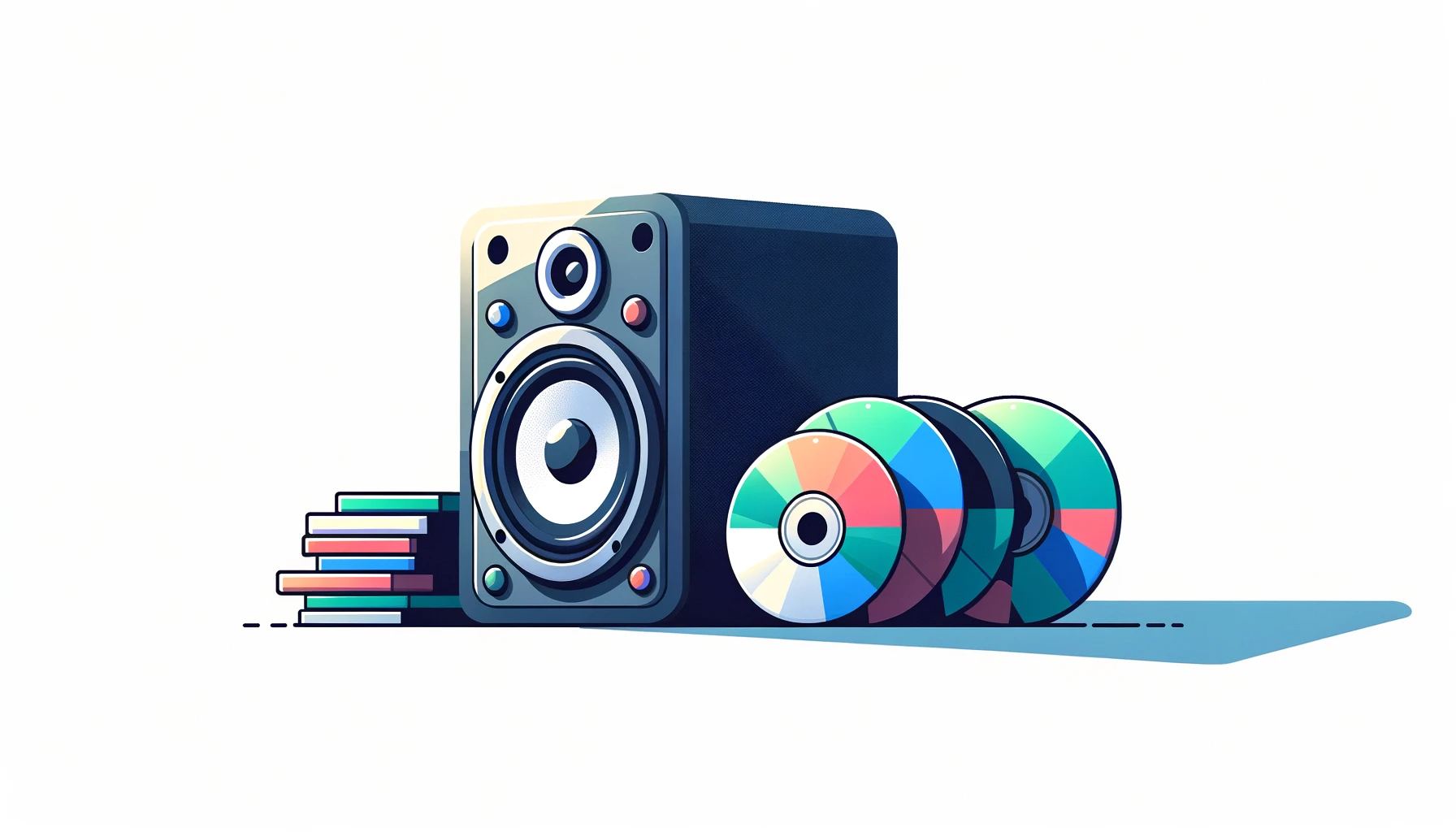How to add radio station on smart speakers
Most users buy smart speakers to listen to music, talk shows, news etc. They are crucial for online radio streams. Learn how to add your radio station to smart speakers.

Hey there,
Are you wondering how smart speakers work? Or how to make your radio station available to smart speaker users?
Grab a seat or an aguas frescas because…
This article has all the facts you’ve been looking for!
But first, the intro:
Here are some interesting stats:
In 2018, 26.2% of the adult population in the US (that’s 66.4 million) owned a smart speaker –based on research by Voicebot and Vocify.
Amazon Echo devices hold a 61% share in the US smart speaker market in 2019. Google Home clinches the second spot at 23.9%. And other smart speaker brands like Apple HomePod, SonosOne, and Harman Kardon Invoke have a collective share of 15%.
This begs the lead question:
Why are smart speakers so popular? – (considering that they have been in existence for less than 5 years)
Easy:
I bet you’d also love a speaker that you can ask random questions; like what’s the capital city of São Tomé and Prínciple (which happens to be São Tomé).
Streaming music straight to a speaker from services such as Spotify, or listening to thousands of free internet radio streams, are also great incentives.
Would you like a dedicated personal assistant that provides weather updates, sets timers, dims lights & orders pizza?
Did I hear a resounding yes?
That’s what I thought, and these smart devices can do a plethora of other tasks:
What are smart speakers?
They are compact, wireless & internet-enabled speakers that can carry out voice commands, and are usually activated by saying a wake word also called a “Hot word.” For instance, “Hey Alexa. Hey Google. Hey Siri. Hey Cortana”
What are their main components?
Here are features common to smart speakers:
- Wi-Fi connectivity
- Bluetooth connectivity – allowing them to play audio from your mobile device or laptop, or stream music from the speaker to another Bluetooth speaker
- Companion app that you first install on smartphones or computer to control the speaker
- Voice service, for example, Amazon Echo speakers connect to the Alexa Voice Service, which processes the commands given by the user. Yes, the smart speaker’s brain is on a remote server and not on the device itself.
- Compact and portable so you can move them from room to room
- Line-out 3.5mm cable
- In-built speakers & subs
- Can control other smart devices
- And some have chargeable batteries
How do they work?
A smart speaker is always on, listening to the background chatter or noise as it awaits its wake word. Once it hears, “Hey Alexa or Okay Google,” it records what you tell it.
Your voice is saved as a recording sent to a remote server for analysis and interpretation. A response is sent back, and the smart speaker fulfills the command.
What are voice assistants?
It’s a virtual voice-controlled assistant that interprets speech queries and responds in its synthesized voice.
They are also called smart assistants or AI assistants. Besides smart speakers, you’ll find these smart AIs on smartphones, TVs, cars, computers, laptops, etc.
Adding your radio station to Smart Speakers:
Via TuneIn
TuneIn has grown to be the most known radio and podcast directory in the world. They have over 100,000 radio stations.
They also have a paid service, TuneIn Live not to be confused with their free service TuneIn Radio.
Is your radio on TuneIn Radio? If so, your station is on pretty much all the smart speaker platforms.
If not, unfortunately, they stopped adding stations to their directory via their online form as from May 31, 2018. But it can’t hurt to inquire and prove your case on why they should add your station. Check this link for more details.
And where can you find TuneIn Radio:
- Sonos – the TuneIn app comes pre-installed
- Amazon Alexa – Listeners can access your station without configuring anything. They just say, “Alexa, play [station’s name].”
- Google Assistant
- Microsoft’s Cortana smart speakers, for instance, Harman Kardon Invoke
- Roku wireless speakers
Before we move on, here is a great video by Craig Tech Talk that shows how to access TuneIn radio stations on Amazon Echo.
And if you like this video, see more Amazon echo videos on Craig’s awesome tech echo playlist.
Great! Let’s move along:
Adding your station to different smart speaker models
I’ll first give a little intro on each brand. Then tell how to get your station on it:
Amazon
Amazon’s reign in the smart speaker market started in 2014 when it availed the 1st generation Amazon Echo to Prime subscribers.
It was then launched officially on June 23, 2015, in the US. The Echo had been in development since 2011.
Since then, Amazon has sold over 100 million Alexa devices. eMarketer reported that 66.6 percent of all smart speakers sold in the US (year 2018) were Amazon devices.
Is Amazon Echo the company’s only smart speaker model?
Currently, in its 2nd Generation, the Echo has numerous siblings including the Echo Dot, Echo Plus, Echo Show (featuring a screen), Echo Auto – for vehicle dashboards), Echo Look (a virtual stylish assistant with a camera that sees what you’re wearing and offers an opinion), and the Echo Wall Clock.
What do we see here? The fast proliferation of smart speakers.
AI robots taking over the world!
A closer look at how Alexa works:
Out of the box, the smart assistant is capable of setting alarms & timers, having a chat, controlling the speaker’s volume, etc.
To extend its capabilities, users have to enable “skills.” It’s kind of the same process as installing a bunch of apps from an app store.
Skills are developed by third-party vendors. And you can also develop your own skills – though it requires coding. But you can avoid coding by using templates, which we’ll talk about later.
To install new skills on Amazon smart speakers, users typically use the companion app available on the Apple App Store & Google Play.
In fact, install the Alexa app right now on your phone and start using it.
“Yeah, I am waiting for you to install it so that we move on… (that is if you don’t have it installed)”
Right after you install it, search for skills from different vendors and install them. As an exercise search and get the myTuner Radio skill.
How to add your station to Amazon Alexa?
Option 1: Through TuneIn
We’ve talked about this option. To find a station, all a listener has to say is, “Alexa, play [station name] on TuneIn.”
But if your radio is not on TuneIn, and since they are not accepting any new stations, fear not, there is another alternative:
Option 2: myTuner Radio App
You’re in luck. The myTuner skill is the second-best way to add your station to Alexa devices. And if your radio is not yet on myTuner, you can submit it through this link.
Prompt your users to install the myTuner skill. To access your radio, all they have to is say “Alexa, ask myTuner Radio to play [your station’s name].”
New exercise:
Don’t take my word for it, since you have the myTuner skill installed ask for radio. Seeing is believing!
Option 3: Develop your own Alexa skill
Several radio stations have built their own skills, which allow the user to listen to their stream and perform more functions unique to that skill – like receiving hourly news flash. Like other skills, the listener has to enable it first.
It’s essential to note that skills have to be hosted online as web services, just like websites.
Amazon allows you to build and host your skill using third party vendors. Or host your skill using the AWS Lambda service, Amazon’s paid service where users pay for the computing time they use.
Note that initially deploying skills using AWS Lambda service is free for up to a million requests.
Next, let’s tackle the pressing challenge: How do you build a skill?
You do so from Amazon’s developer center. Now, this requires you to know how to write programming code.
But I don’t know how to code you may say:
Well, no worries.
Here are excellent resources that will teach you how to create an Alexa Skill:
Tutorial 1: Create an Alexa skill in 5 minutes with standard library
Tutorial 2: The best resource I found was from Dabble Lab. The company builds custom skills for their clients but are generous with their knowledge.
They offer video tutorials along with code templates explaining what’s going on, and how to customize things:
Amazon Radio Skills Kit (Official No-Code Solution):
Video to get started:
Sonos
Getting started with a Sonos speaker was designed to be as quick & simple as possible.
The user downloads the Sonos Controller app on their computer or smartphone device and links it to their speaker through their home wireless network. And adding more speakers is effortless.
The great thing about Sonos is its compatibility with several smart assistants for voice control. Some of their speakers ship with both Google Assistant and Amazon Alexa.
So how do you add your station to Sonos?
Well, TuneIn comes pre-installed on Sonos speakers.
Listeners can find stations to listen to, directly from the Sonos companion app. But what if your radio is not on TuneIn?
Option 1: Adding a custom stream
Users can add custom radio station streams using the Sonos desktop controller for PC or Mac.
The steps include:
- Find the station’s public stream URL – it has to be an ACC, WMA or MP3 format
- On the desktop companion app select “Manage”
- Enter the station’s URL and name
- The new custom radio stream is listed under Radio by TuneIn > My stations
You may include these steps on your website to show listeners how to add your station to their custom stations list.
At this rate your website could use a new page – call it “Devices” and describe how listeners can find you on different smart speaker platforms.
Option 2: Through Radio.net
What is Radio.net? It’s an internet radio directory with over 30,000 radio stations. Sono users can add Radio.net as a music service.
If your radio is not yet on TuneIn, learn how you can submit it to Radio.net through this page.
Final words
Stay tuned for a future update of this post as we discover more ways to add your radio station to other smart speakers.
And if your radio needs a great platform to call home, choose CloudRadio.
We built a solid platform for serious radio broadcasters. And we have been in business for over 10 years.
If you’re a new age broadcaster and need a complete online platform to run your radio station, try our solution.
Till next time, Happy broadcasting!


